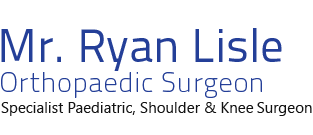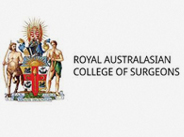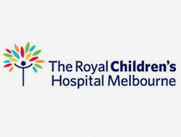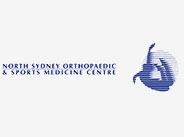Hip Pathogy
Developmental hip dysplasia (DDH)
Developmental dysplasia of the hip (DDH) or Hip dysplasia is a condition which is seen in infants and young Children as a result of developmental problems in the hip joint. The femur (thigh bone) partially or completely slips out of the hip socket causing dislocation at the hip joint. It is most common in first born baby with family history of the disorder. The exact cause for hip dysplasia is not known. Genetic factors play an important role in causing this birth defect. DDH can be mild or severe and can affect one or both hips. It is more common in girls and usually affects the left hip. DDH does not cause any pain and so the condition may not be noticed until the child starts to walk.
The common symptoms of hip dysplasia include:
- Position of the legs may differ (dislocated hip may cause leg on that side to turn outwards)
- Restricted movement on the side of hip dislocation
- The leg may appear shorter on the side where hip is dislocated
- Skin folds of fat on the thigh or buttocks may appear uneven.
In normal hip, the head of the femur (thigh bone) fits well into the socket (acetabulum) whereas in hip dysplasia, the socket and femoral head are not congruent because of their abnormal development. During hip examination, the doctor may also look for the difference in range of motion of the hip, presence of uneven skin folds around the thigh and difference in leg length from side to side. In infants less than 6 months, an ultrasound may be advised to confirm the diagnosis.
The treatment for DDH depends on both the age of the child and severity of the condition. The aim of treatment is to keep the femoral head in good contact with the acetabulum so that the hip can develop normally. A pavlik harness may be used to keep the hip in flexion and abduction may be advised. Only when conventional treatment is not effective, surgery to put the hip back into place may be advised.
Perthes Disease
Legg-Calve-Perthes Disease (LCPD) or Perthes disease is a disorder of the hip that affects Children, usually between the ages of 4 and 10. It usually involves one hip, although it can occur on both sides in some Children. It occurs more commonly in boys than girls.
The cause of Legg-Calve-Perthes Disease is not clearly known. It may occur due to inadequate blood supply to the ball of the hip joint (the femoral head) which leads to death of the bone. Over the course of several months, the blood supply returns back to the bone tissue and new bone cells gradually replace the dead bone over 2 - 3 years.
Some signs and symptoms of Perthes disease include:
- Walking with a limp (painless limp)
- Pain or stiffness in the hip, groin, thigh or knee
- Shortening of leg or unequal leg length
- Wasting of thigh muscles
Your doctor will make a diagnosis based on your child’s signs and symptoms, a thorough physical examination, imaging studies such as X-ray of the hip, and magnetic resonance imaging (MRI) scan.
Treatment
The goal of treatment for Perthes disease is to keep the femoral head snug in the socket portion of the joint. Nonsurgical treatment options may include rest, activity restrictions, anti-inflammatory medications, casting or bracing, and physical therapy. If nonsurgical treatments don't work, your child may need surgery. Surgery involves lengthening a groin muscle or reshaping the pelvis (osteotomy) depending on the severity of the condition and the shape of the femoral head.
Slipped capital femoral epiphysis (SCFE)
Slipped capital femoral epiphysis (SCFE) is an unusual disorder of the hip where the ball at the upper end of the thigh bone (femur) slips in a backward direction. This is caused due to weakness of the growth plate. This condition is commonly caused during accelerated growth periods such as the onset of puberty.
Causes
The cause of SCFE is unknown. However in most cases it may be due to being overweight or from minor falls or trauma. Slippage of the epiphysis (ball at the upper and of the thigh bone) is a gradual and slow process, however it may occur suddenly in cases of trauma or falls.
Symptoms
The typical symptoms of SCFE include several weeks or months of hip or knee pain and limping. The affected leg may be turned outwards in comparison to the normal leg and may appear shorter.
Diagnosis
SCFE is usually diagnosed with a physical examination, as it shows any abnormality in motion of the hip, gait and walking pattern. An X-ray of the hip will confirm the diagnosis as it shows any anatomical differences in the alignment of the hip bone.
Treatment
Early diagnosis of SCFE gives a chance to achieve the treatment goal of stabilizing the hip. The treatment is mostly in the form of surgery which prevents any additional slipping of the femoral head until growth stops. Depending on the severity of the condition, your doctor will recommend one of these 3 surgical procedures:
- Placing a single screw in the thigh bone and the epiphysis
- Reducing the displacement of the femoral head and placing screws to hold it in place.
Removing the abnormal growth plate and avoiding any further displacement with the help of screws.















